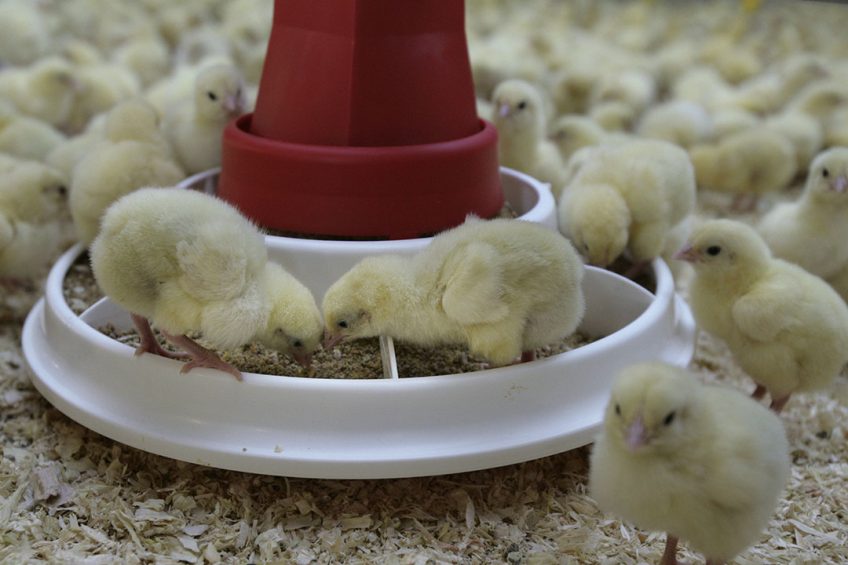Feed shortage prompts Iranian farmers to bury birds alive

Several dozen videos have been posted on social media in Iran showing thousands of day-old chicks being buried alive with bulldozes. This is likely to be linked with the price hike on the domestic feed market over the past few weeks.
“It was announced that due to sanctions money transfers for about 3 million tons of corn and soybean meal were not carried out on time and so the supply of those goods were affected. As a result, the price of animal feed went up,” Dr Majid Movafegh Ghadirly, chairman of the Iran Feed Industry Association commented.
Iran produces 2.3 million tonnes of poultry meat and 1 million tonnes of eggs per year, importing 80% of raw materials for feed production, according to the Iran Feed Industry Association. The footage have been posted shortly after Iran President Hassan Rouhani said that the country’s farming sector was not hit by the coronavirus outbreak and that the citizens needed not worry about food supply as grain production was enough to cover local needs until March 2021.
Poultry farmers are not purchasing newborn chicks because of the weak demand on the domestic market. This means that the local hatcheries have no other option left other than to simply kill the day-old chicks, a source on the market explained. Local farmers complain that poultry and eggs consumption is extremely low as the continuing Covid-19 epidemic in the country drove almost the entire hospitality industry out of operation. The price for chicken feed in Iran has doubled to 3,000 tomans (€ 0.18) per kilo before the Covid-19 pandemic. With the weak sales on the market farmers are not able to raise prices, meaning that they have to suffer losses close to the same 3,000 tomans per chicken, France24 reported, citing an anonymous source on the market.
Market price for chickens
The average market price for chickens before the beginning of the Covid-19 pandemic was 12,800 tomans per kilo (€ 0.77), but it shrank to 9,500 tomans (€ 0.57) in April of 2020, the Iranian Statistical Center estimated. In response to the criticism, the Day-Old Chicken Producers Association wrote a letter to all its members banning the cull of day-old chickens, promising penalties for those violating the order. It is yet to be seen whether that warning would bear any fruits.
It is estimated that up to 15 million heads of day-old chicks were culled in Iran during the past several weeks because of the crisis, the Tehran Poultry Farmers’ Union said in a statement late April. The country is producing 1.2 billion heads of chicks per year. There are fears that the farmers could soon switch to culling hens, as the Covid-19 crisis is not going to peter out soon enough.
 Covid-19 Up-date
Covid-19 Up-date
What impact is the pandemic having on the global animal feed sector and how are they dealing with it.












